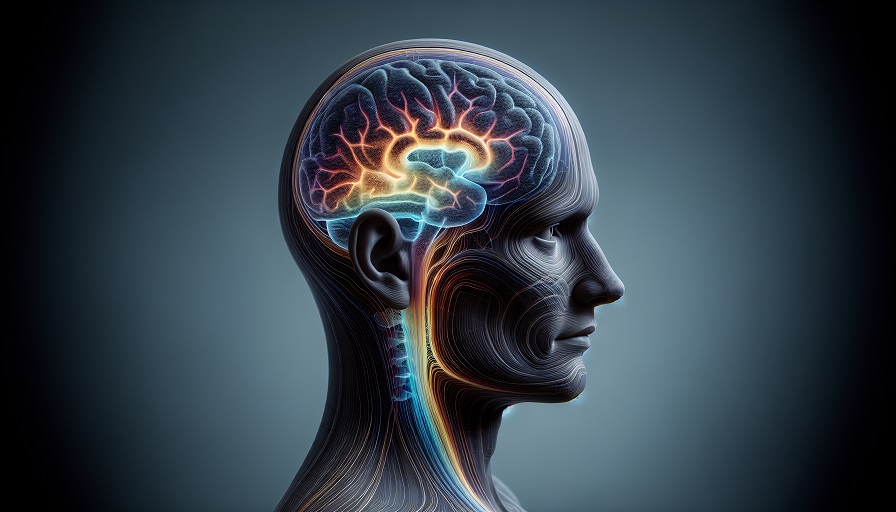
Short answer: Often, yes. Periods of natural darkness can reduce distraction, shift your brain toward broader, more associative thinking, and help novel ideas surface – especially when paired with quiet and minimal artificial light.
Contents
Why Darkness Can Unlock Original Ideas
Creativity relies on two modes: focused problem-solving and open-ended idea generation. Bright, stimulating environments favor focus. Darkness, by lowering visual input, dampening sensory noise, and nudging circadian biology, makes it easier to step back and connect distant thoughts. In low light your brain has fewer signals to process, which can free up mental bandwidth for imagination, daydreaming, and insight.
Less Visual Noise, More Inner Imagery
When the scene around you fades, the scene inside your head becomes clearer. The brain fills gaps with imagery, memories, and analogies. That inward shift supports divergent thinking – the skill of producing many, varied ideas.
Mood and Circadian Cues
Natural darkness triggers hormones like melatonin as evening approaches. Melatonin itself doesn’t “cause” creativity, but the wind-down it signals often encourages reflective, big-picture thinking. The contrast with daytime brightness also helps keep your body clock aligned, which supports the sleep that consolidates creative insights.
What the Research and Practice Suggest
Laboratory studies commonly find that dimmer light fosters more flexible, abstract thinking compared with harsh brightness. Artists, writers, stargazers, and night hikers have long used darkness to access calmer attention and richer associations. While not every task benefits – detail-heavy work may suffer – idea-generation sessions, rough sketches, and problem “incubation” often do.
Incubation and the “Step Away” Effect
Stepping away from a stuck problem into a dark, quiet setting invites your mind to recombine information in the background. That incubation period is a well-known creativity boost: insights arrive after you stop pushing directly.
Limits and Individual Differences
Some people feel drowsy or uneasy in the dark; others find it liberating. If low light makes you sleepy or anxious, shorten sessions or keep a gentle, warm lamp on. Use darkness when the goal is ideas, not precision.
Ways to Use Darkness – Safely and Productively
Darkness should be intentional, brief, and balanced with daytime light so you don’t disrupt sleep or mood. Try these practical approaches.
10–20 Minute “Lights-Down” Sessions
At dusk or after sunset, sit near a window or step outside somewhere safe. Turn off bright lamps and screens. Keep a notebook or voice recorder handy. Aim for quiet reflection, doodling, or brainstorming – not polished output.
Stargazing Walks
Short night walks in safe, familiar areas create a gentle sensory fast. The expansive sky can prompt expansive thinking. If outdoors is impractical, dim a room and face away from screens.
Dark-Room Brainstorming
With a small, warm light or candle-level lamp, talk through ideas with a partner. Low light reduces self-consciousness and can make bold ideas feel safer to voice.
Who Should Be Cautious
If you’re sensitive to low mood in winter, keep sessions brief and protect daytime bright-light exposure. Avoid late-night darkness sessions that cut into sleep. People with night-vision issues or balance concerns should not move around in very low light; stay seated and keep a small lamp within reach.
Quick Experiments to Try This Week
Pick one or two simple tests and track how many ideas you generate and how useful they feel afterward.
- Dark doodle: Dim the room for 15 minutes and sketch solutions to a problem without judging them.
- Contrast block: Spend the afternoon on focused work in bright light, then do a 20-minute lights-down brainstorm at dusk.
- Voice memos in the dark: Sit quietly with eyes closed and record any surprising connections that arise.
Natural darkness isn’t magic – but by quieting the senses and creating contrast with busy daylight, it can tilt your mind toward exploration and fresh connections. Use it in short, intentional doses alongside healthy daylight exposure and regular sleep.

